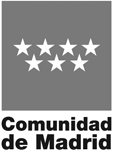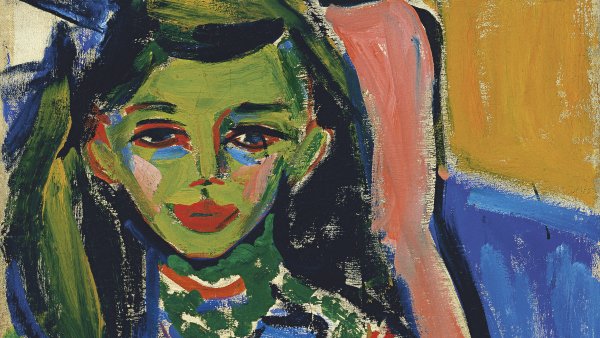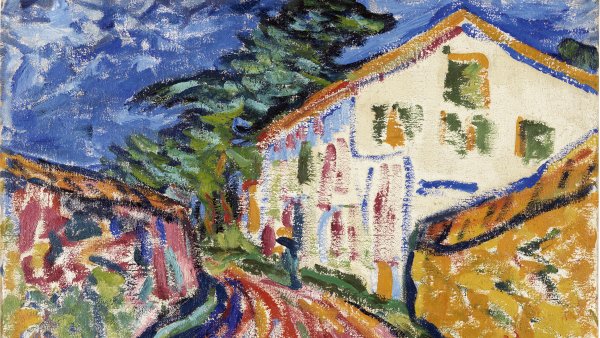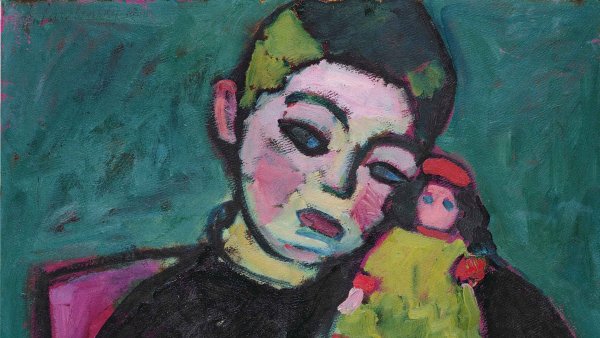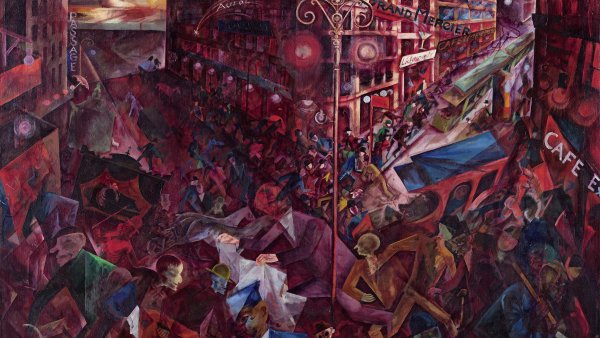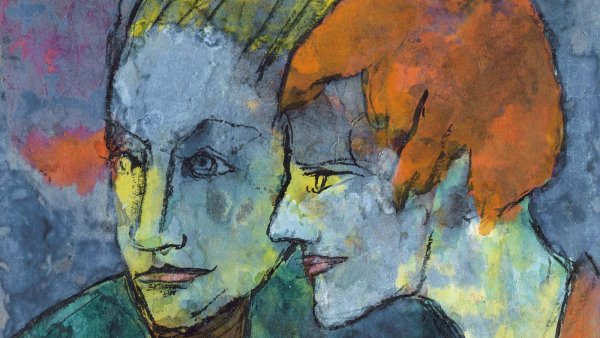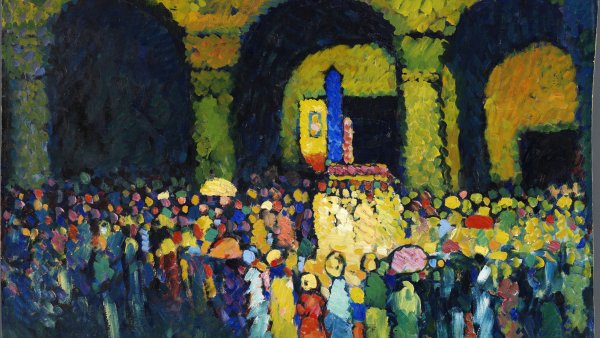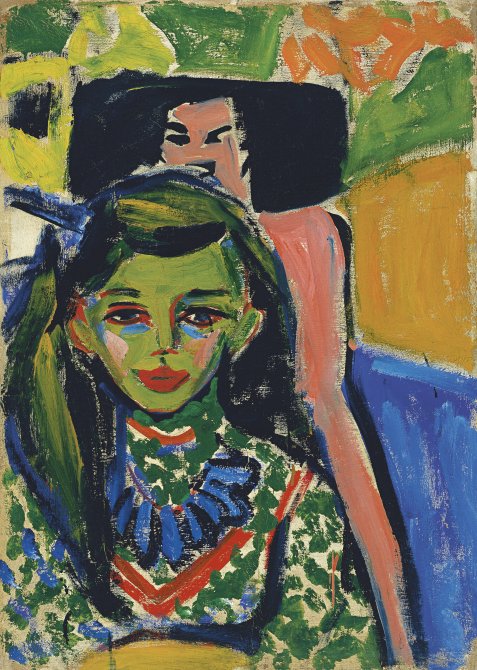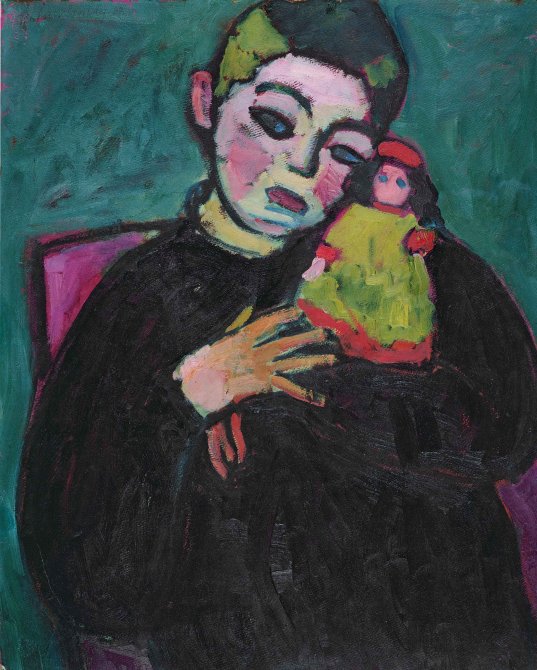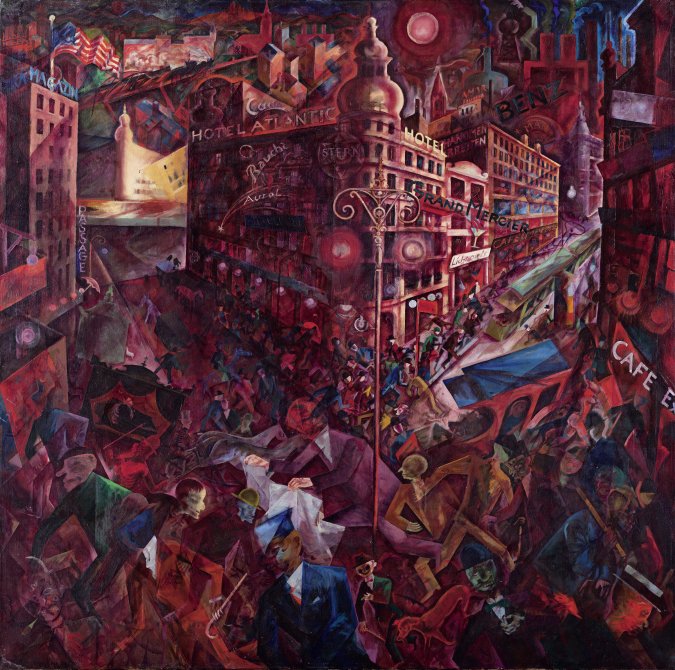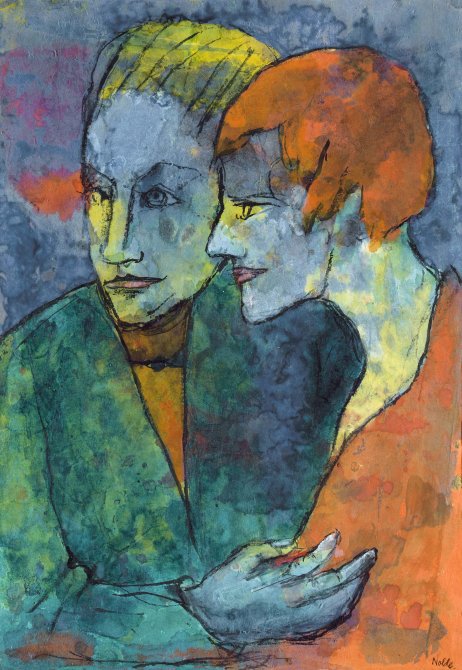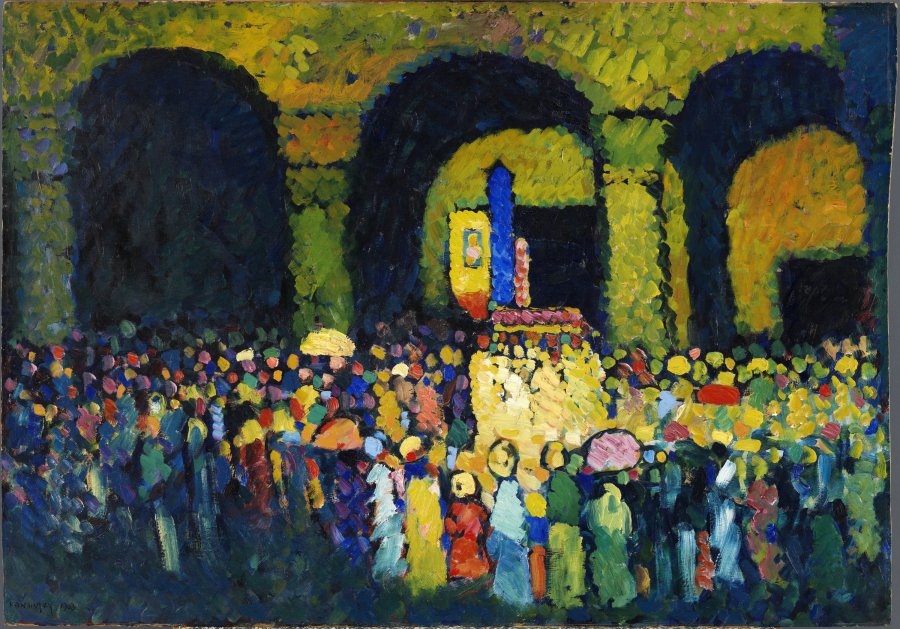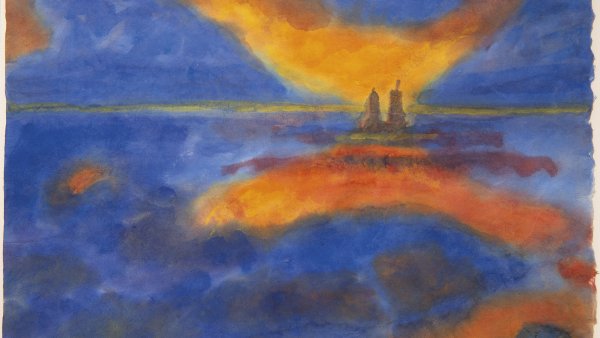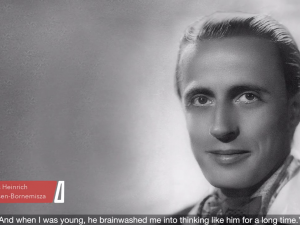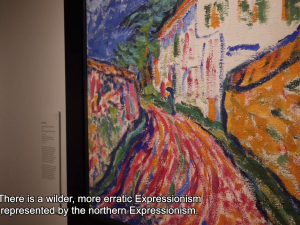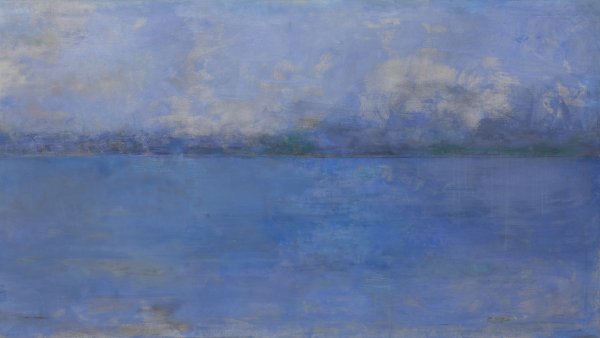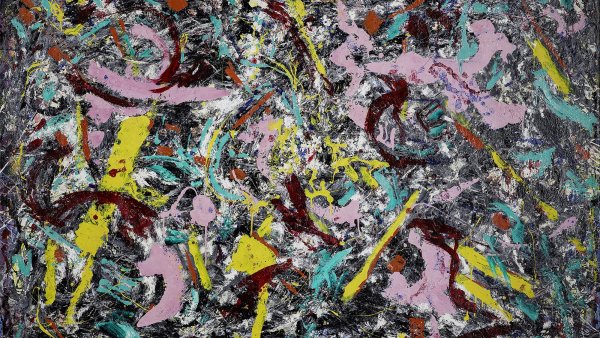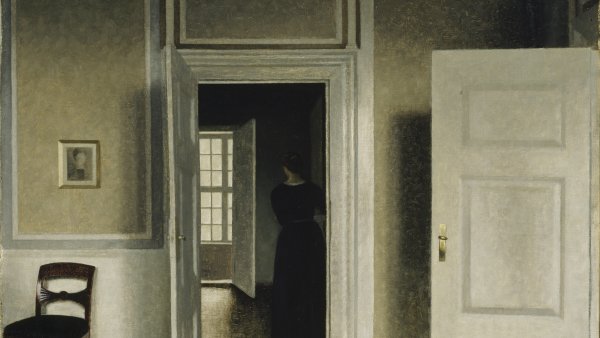When Baron Hans Heinrich Thyssen-Bornemisza acquired a watercolour by Emil Nolde in May 1961 he initiated a change of direction in collecting by the Thyssen family. While during the inter-war period his father, Henrich Thyssen, had assembled a remarkable collection of Old Masters, between the 1960s and 1990s the Baron was extremely active as a collector of the principal 20th century art movements, among which German Expressionism occupied a key position.
In 1993 the Spanish State acquired most of the Thyssen collection and a significant selection of German Expressionist art - a school previously almost absent from Spanish collections - thus passed into the possession of the Museo Nacional Thyssen-Bornemisza. For the first time in decades, the exhibition German Expressionism from the Baron Thyssen-Bornemisza Collection now reunites those works with the group of Expressionist paintings that remained with the Baron’s wife, Carmen Thyssen-Bornemisza, and his children.
Curated by Paloma Alarcó, the exhibition will modify the habitual chronological display of Expressionism in the museum’s galleries in order to offer a new vision structured around three concepts: the paintings’ creative process, their success with the public and critics, and the relationship between Baron Thyssen and his art dealers and the exhibition projects that he organised to promote knowledge of his collection internationally.
With Paloma Alarcó, curator of the exhibition.

